A stone construction can be made either from stone walls with a minimum of 50 cm in thickness, or with stone cladding in existing masonry (concrete or brick), at least 15 cm thick. The investment stone can be natural and carved in the style desired by the customer or it can be artificial, ie ready in pieces from a specialized production factory. In this case the stone does not have a static function and the cost is higher for the customer. Special materials are also used for its proper application on a wall (special glue, etc.).
Healthy and durable stones should be used for any stone structure exposed to the weather. They are jointed horizontally and vertically in such a way that there are no continuous joints either on the outside or on the core of the masonry. The width of the joints should be proportional to the roughness of the stone and should not exceed 3cm.
The stone walls are insulated according to the regulations (from 3-7 cm with DOW). Then, depending on the design, either a stone wall (15 cm thick) or plaster is placed. For the stones, an adhesive mixture is used, consisting of cement, sand and A3 gravel.
To prevent water from penetrating the stone and cement and to prevent it from reaching the interior causing moisture in the interior walls, we paint the entire surface of the stone wall with a special colorless insulating material. In the part of the masonry below the ground we use hydraulic plaster or lime-cement mortar.
There is also the possibility of constructing mixed masonry, which is usually constructed in combination with masonry or with a concrete wall. The work is performed in layers, with a joint thickness of 3cm. and at a corresponding height the rear side is then formed of concrete. After construction, the joints are filled with lime-cement mortar.
The cost of carved stonework depends on the hardness of the stone, the number of work phases and the size of the stone.
The options in natural stone are many, while local stones are usually preferred depending on the location of the project. Some examples in a type of stone are the Sfakion stone (dark), the Rethymnon stone (light colored) and others from the wider area of Apokoronas. In any case, if the client wants a type of stone that is not in the area where the project takes place, it can be transferred to it.
The stone’s construction, which the client has already chosen, is based on the necessary specifications as well as the static designs issued in the building permit. As soon as the planning and building inspections are fulfilled, construction continues on stages that have been agreed with the client. The time of completion is set depending on the size of the structure. Our responsibility is to deliver the project to the client “with turn-key”.
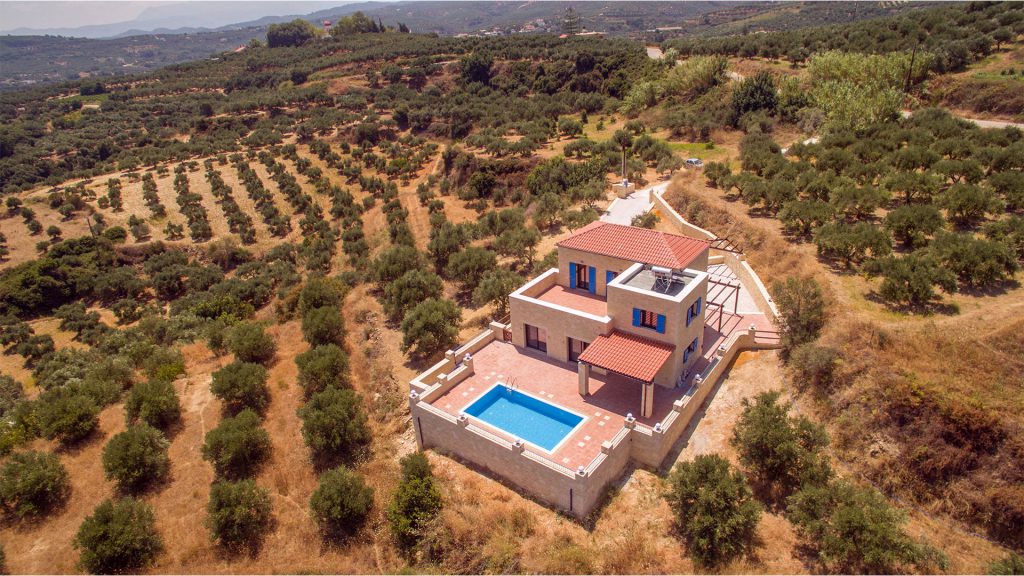
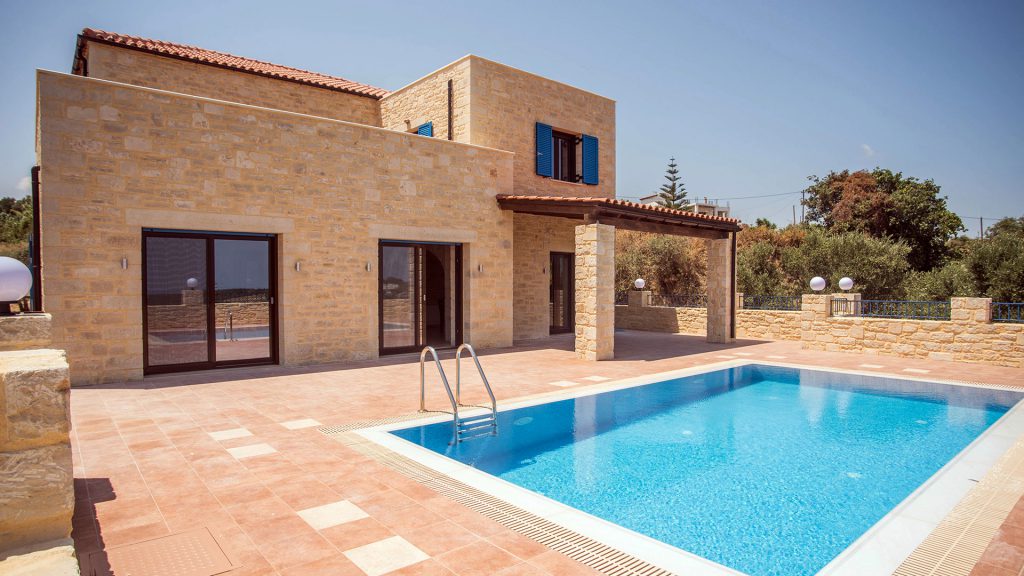
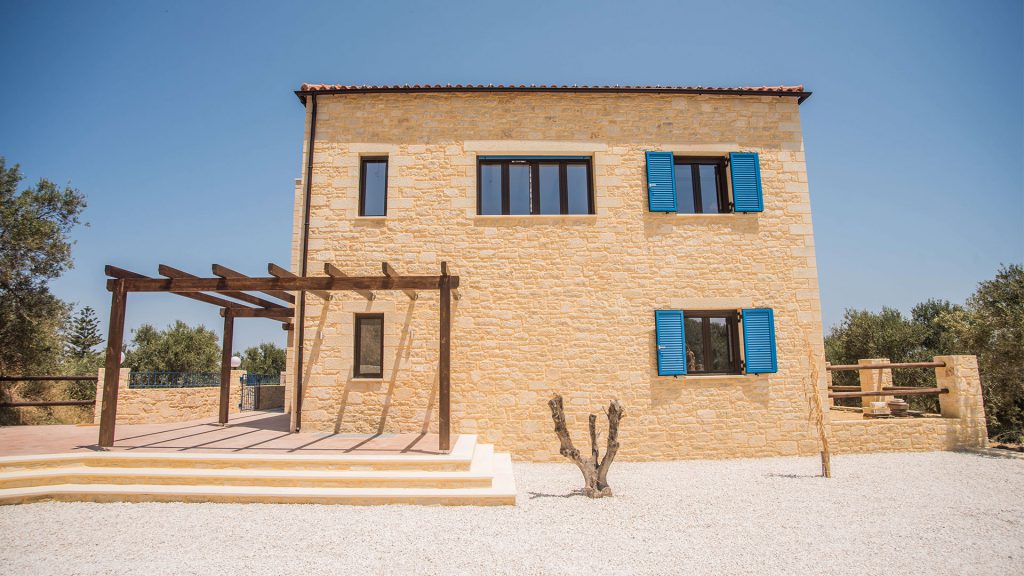
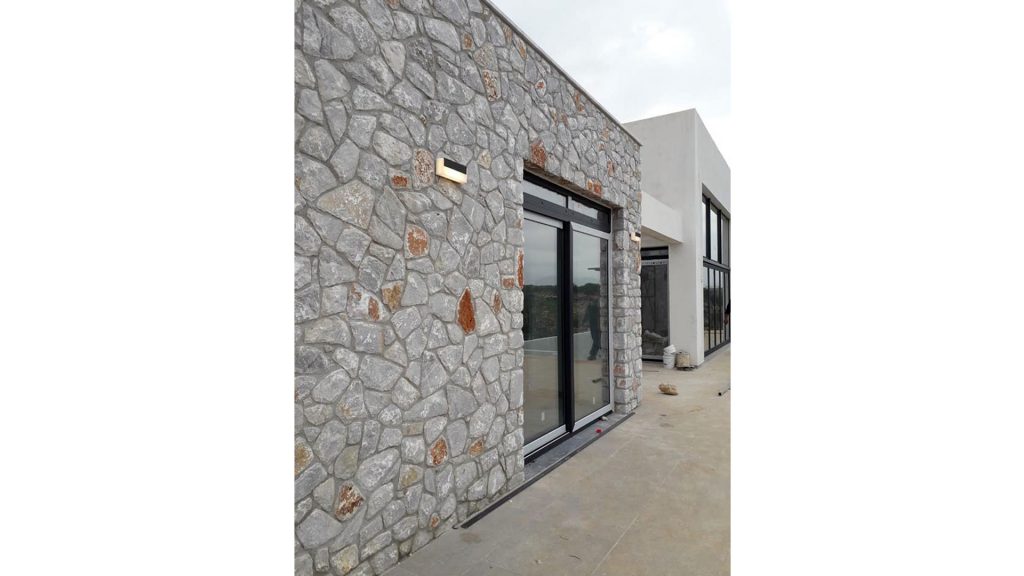

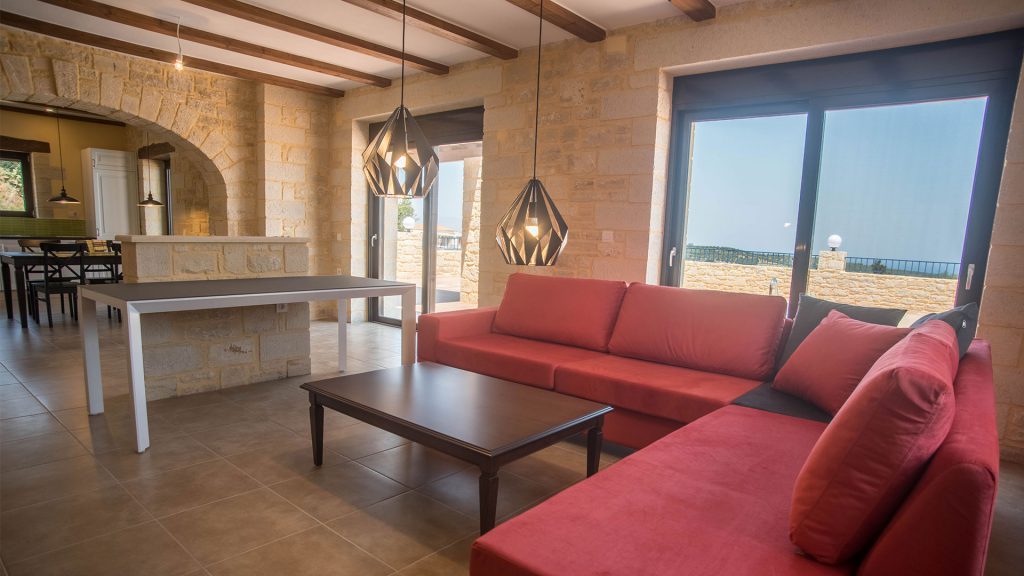
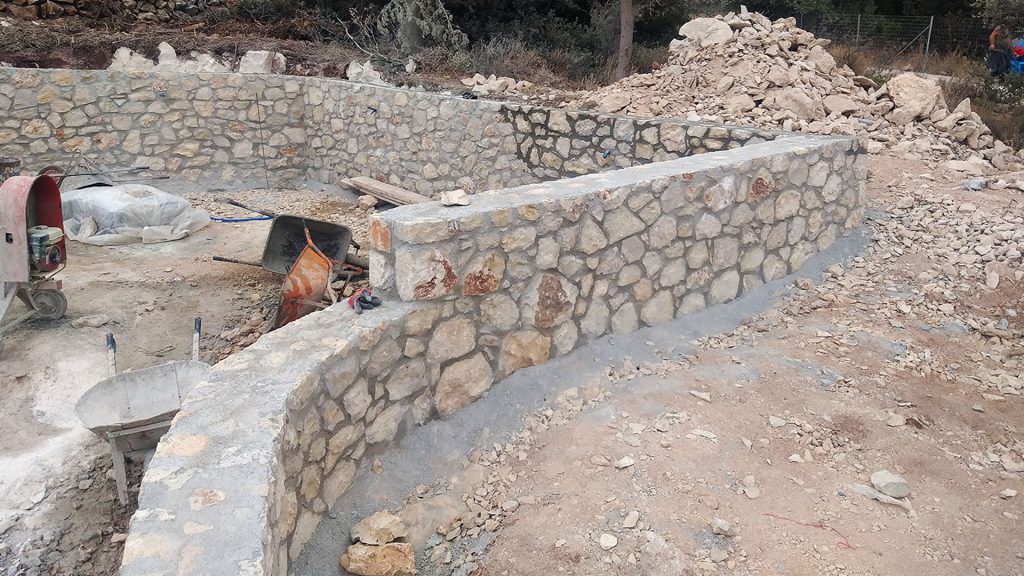

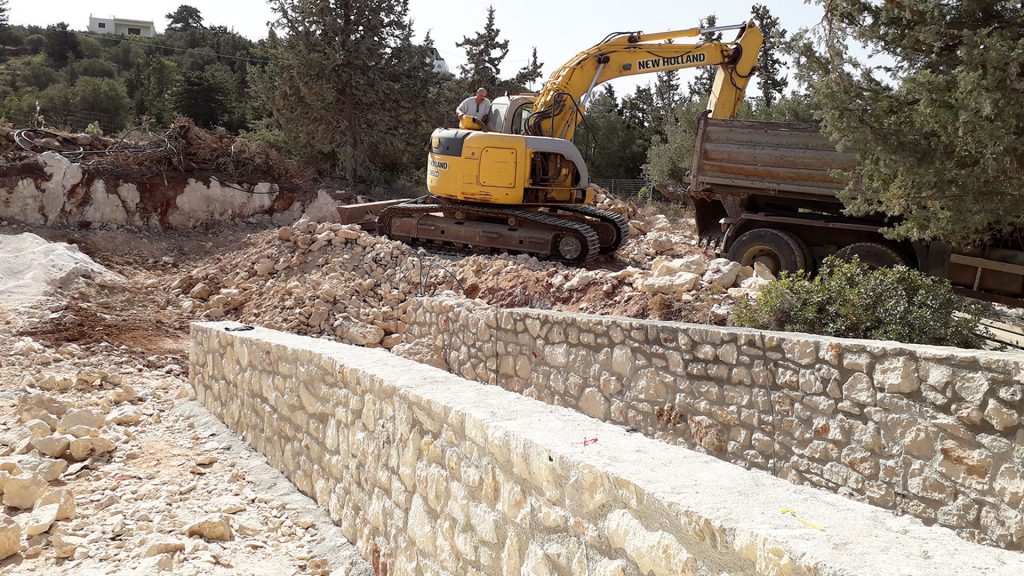
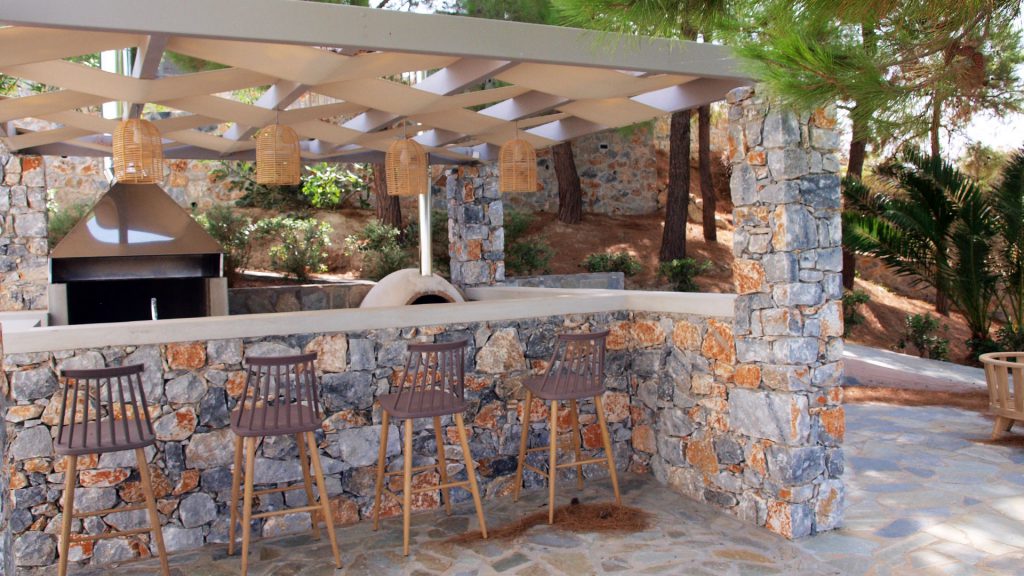

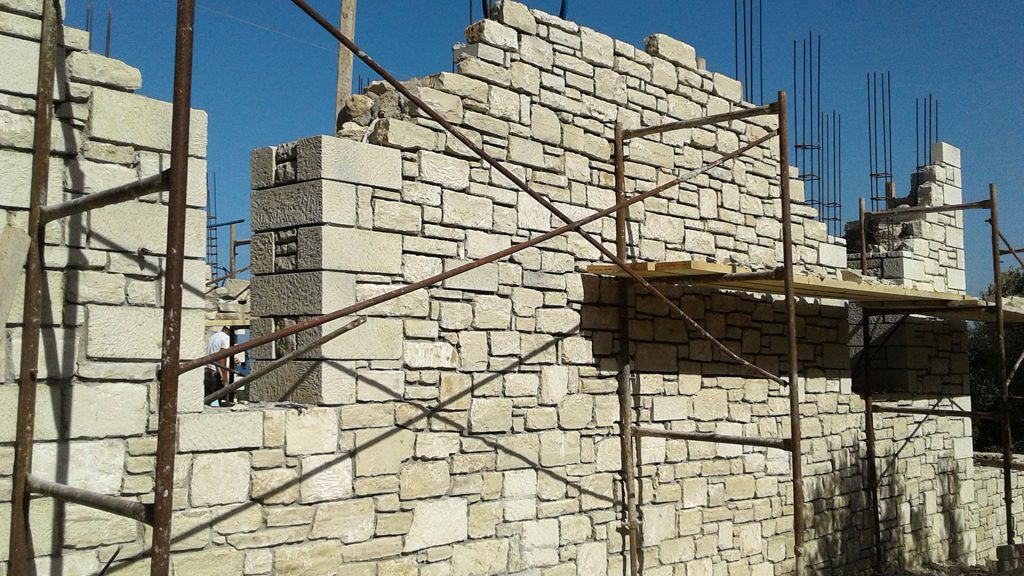
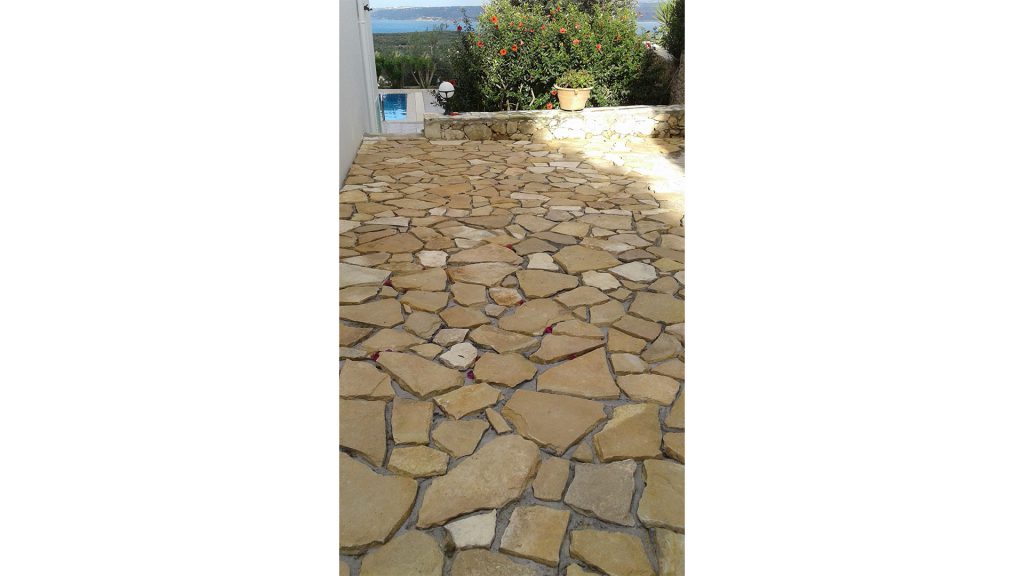

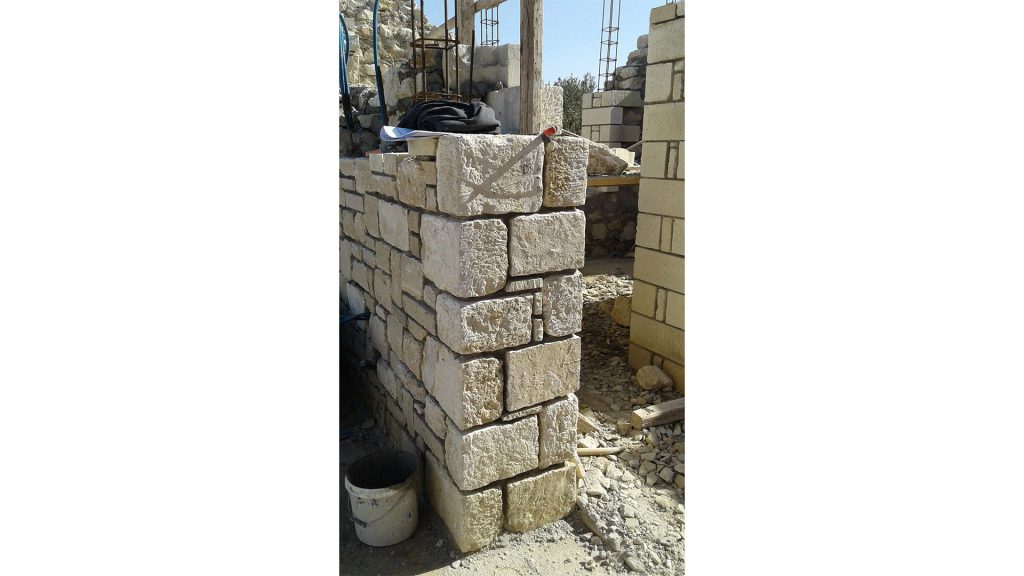
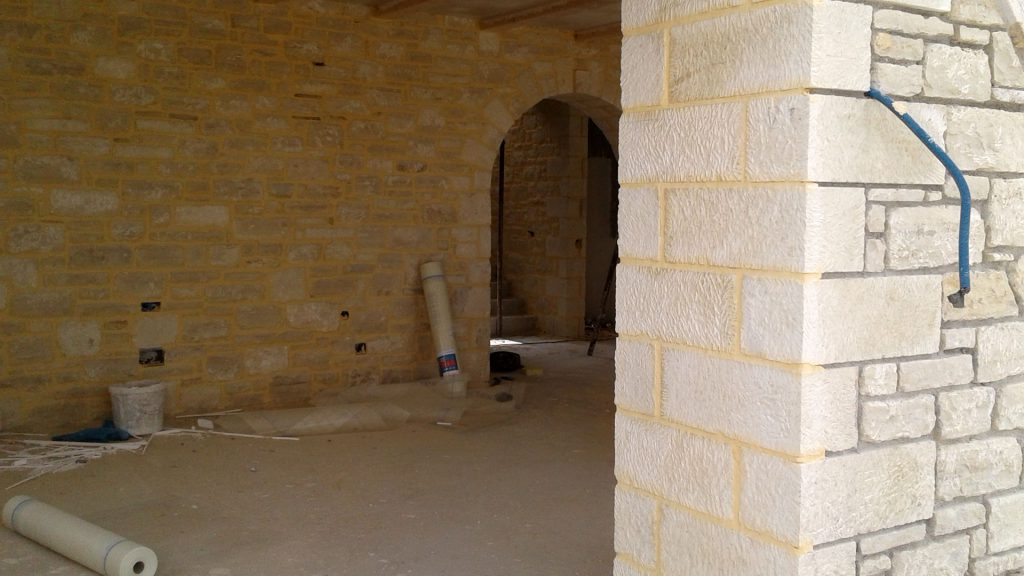








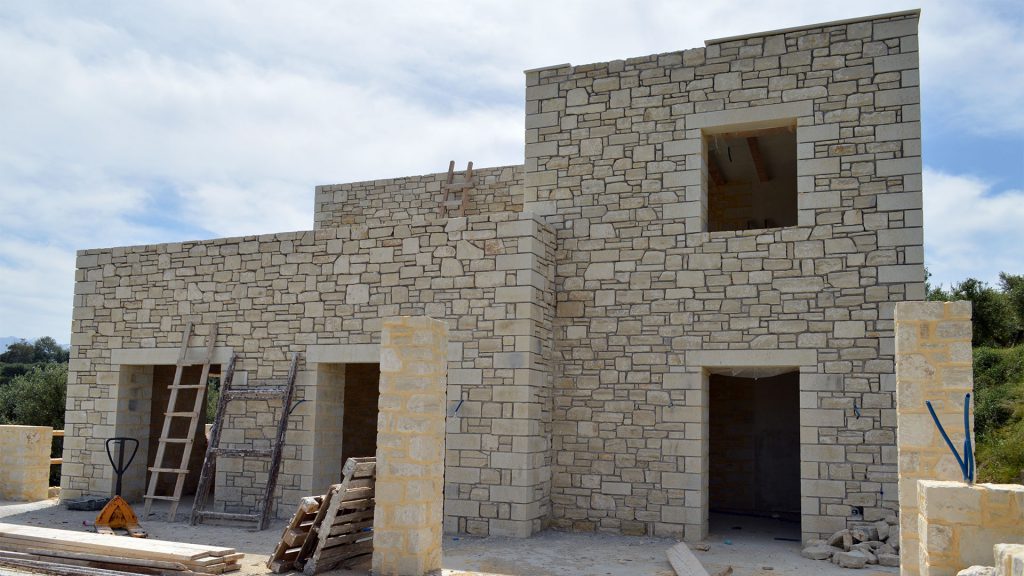
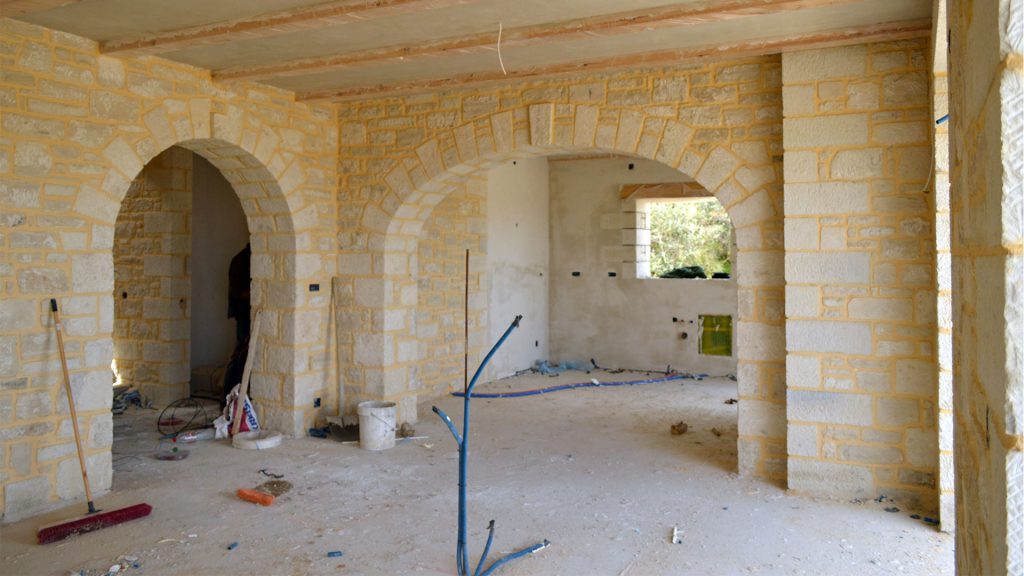
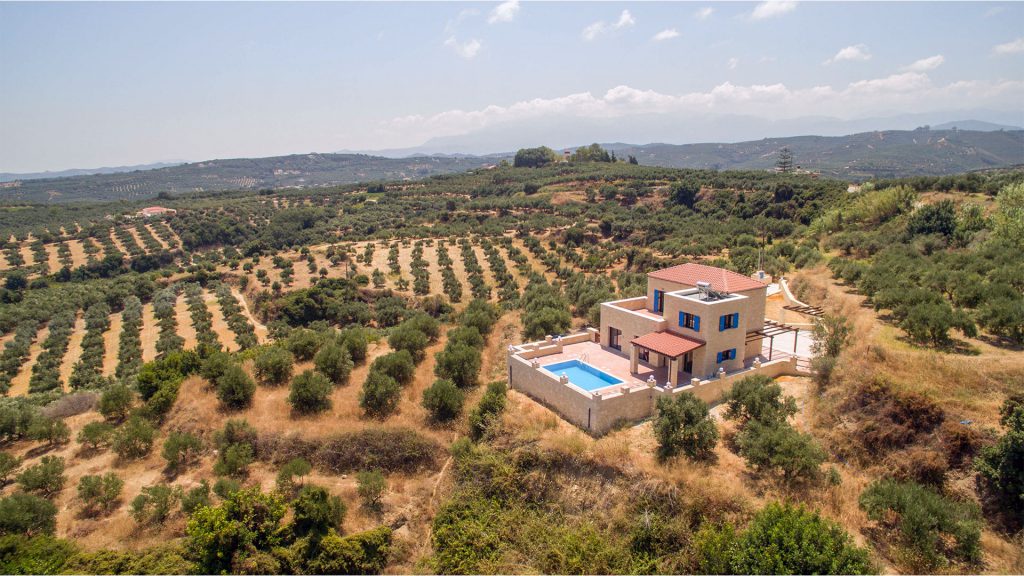
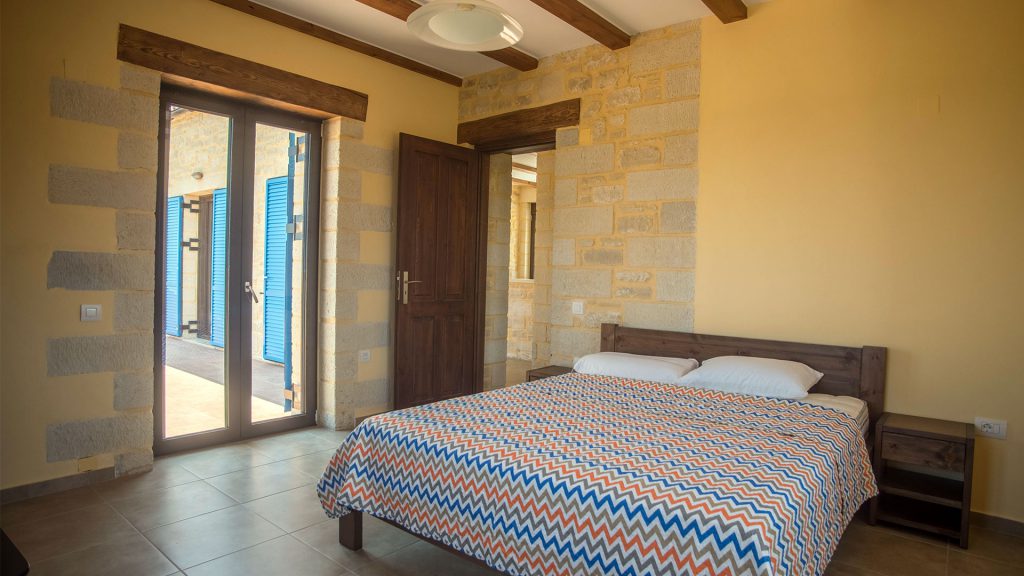

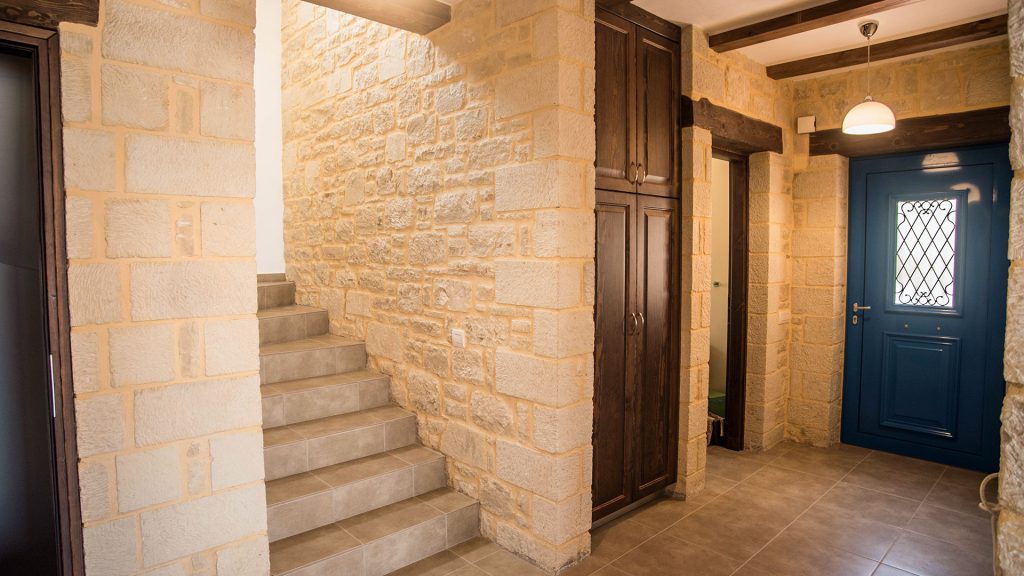

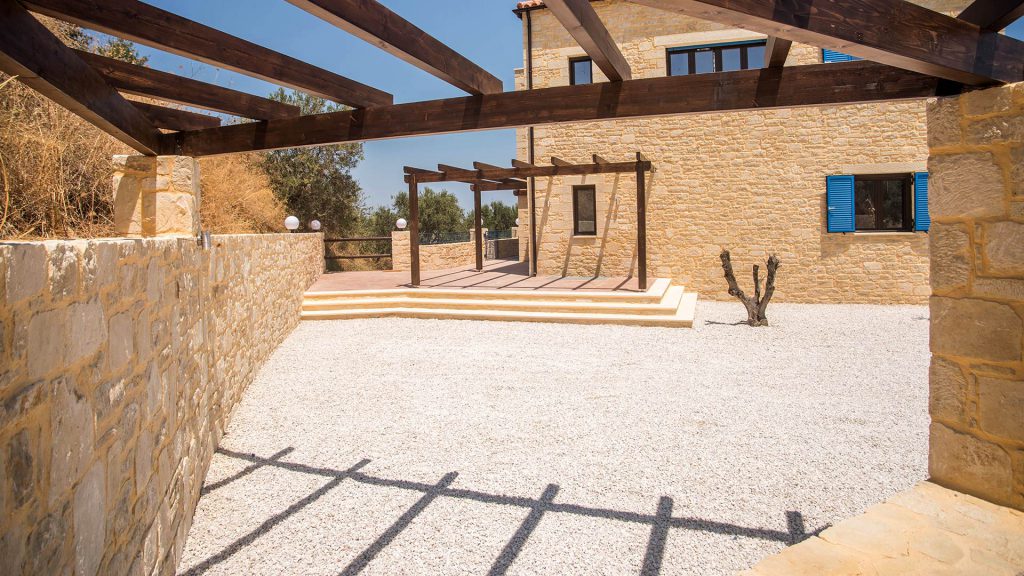
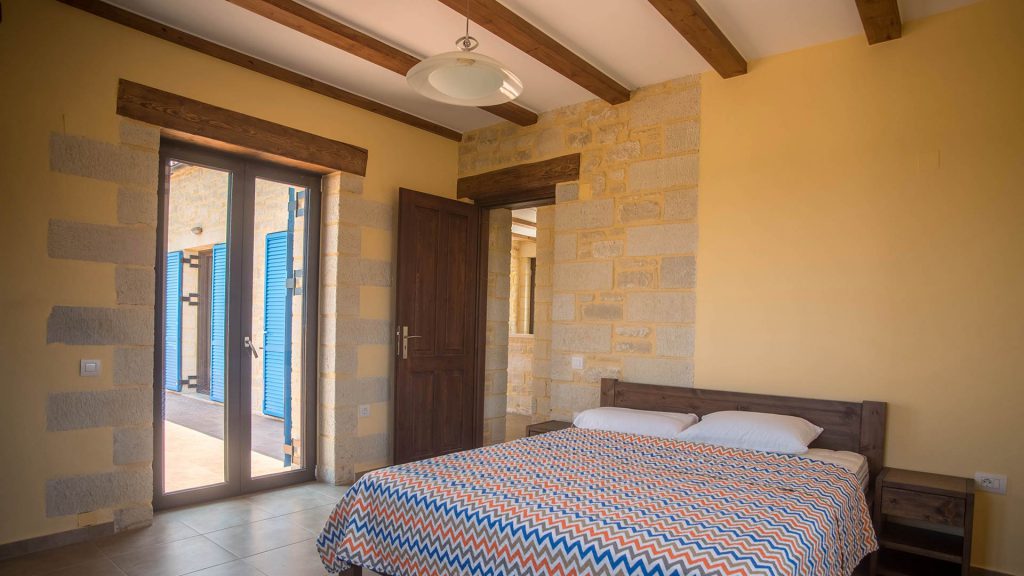
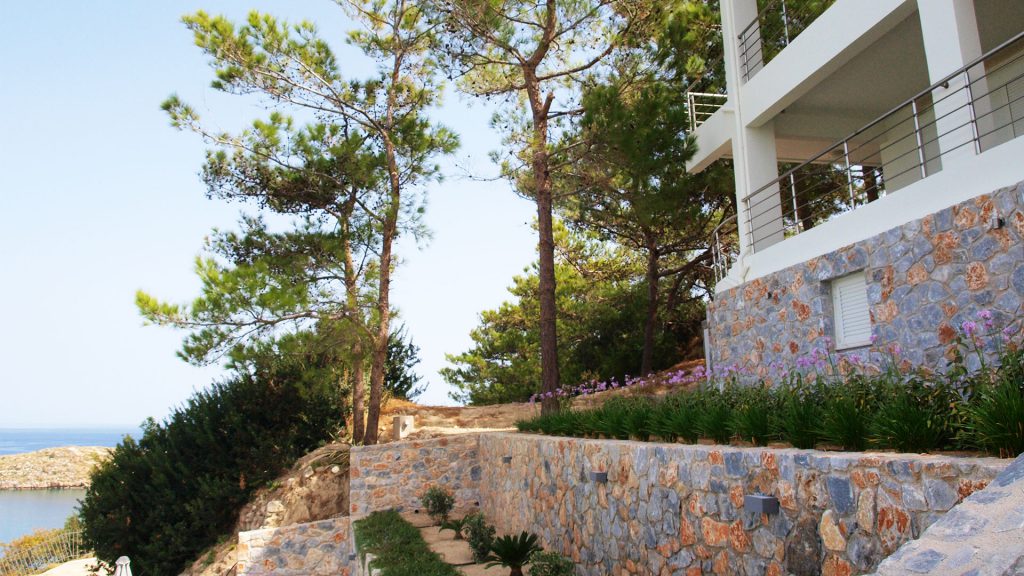
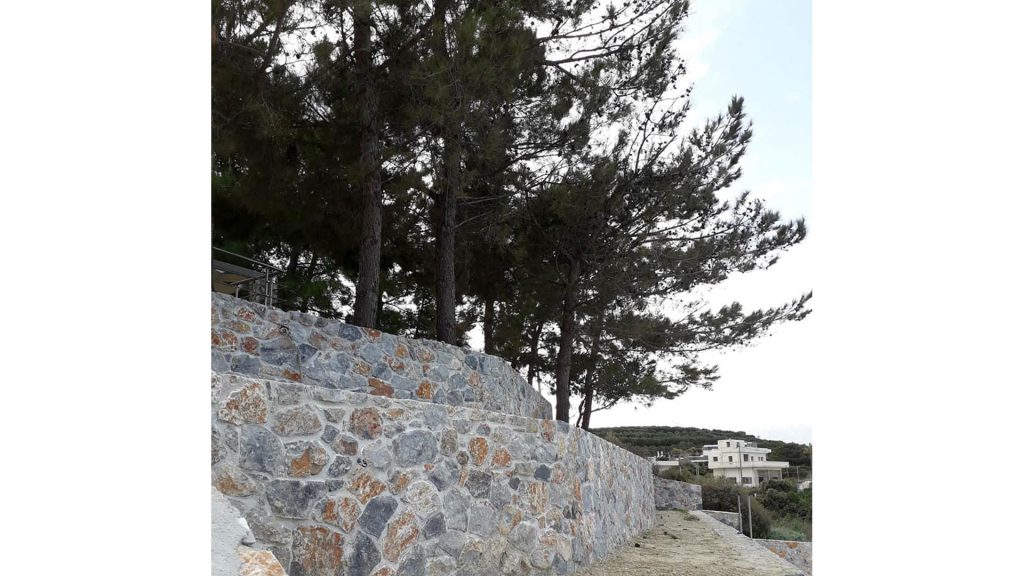



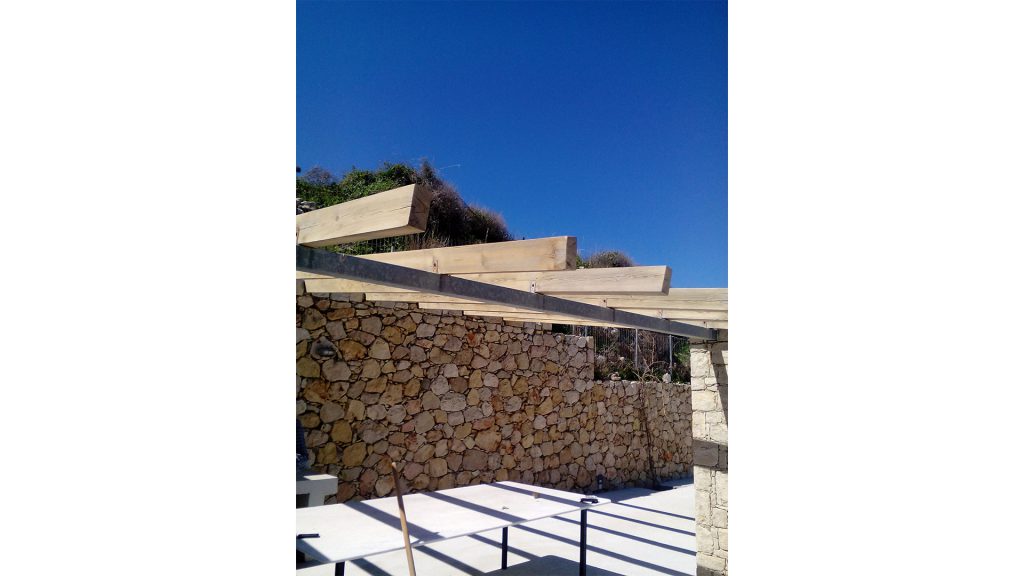
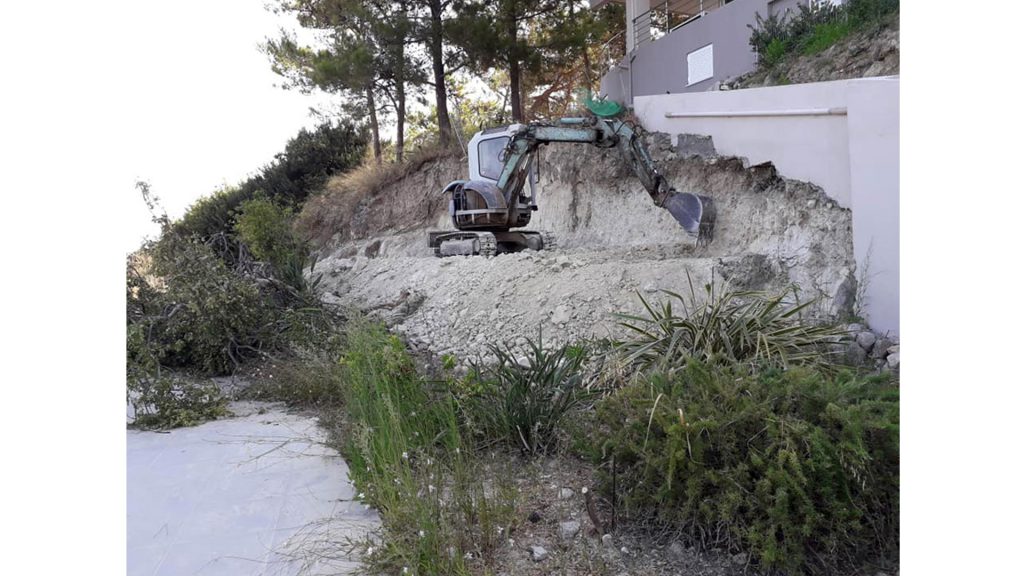








































 facebook.com/benakisconstructions
facebook.com/benakisconstructions  instagram.com/benakisconstructions
instagram.com/benakisconstructions  youtube.com/benakisconstructions
youtube.com/benakisconstructions